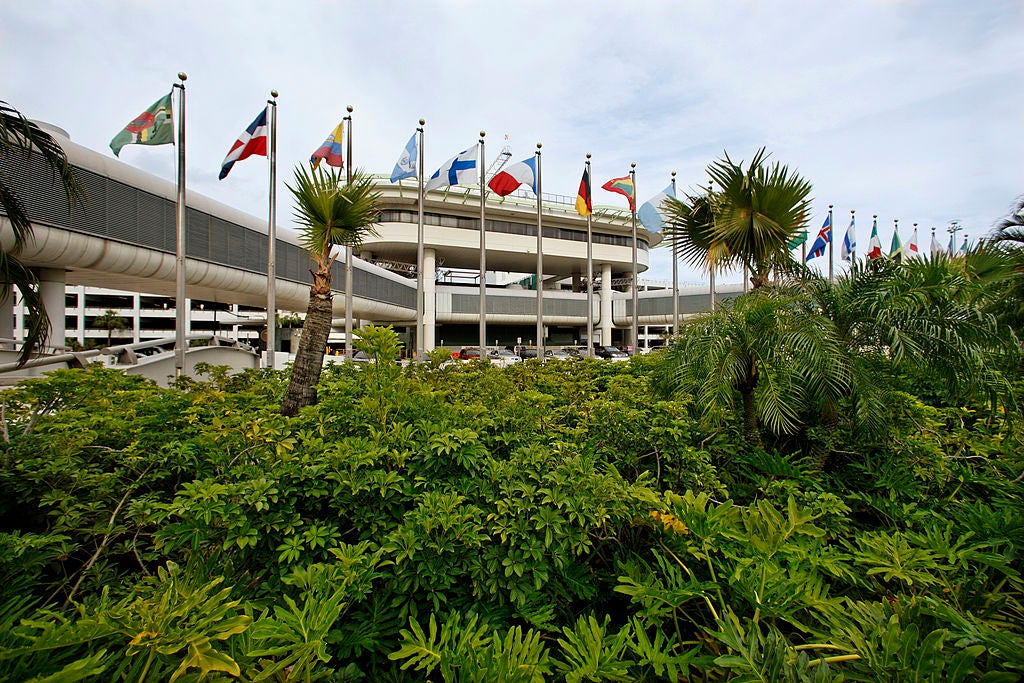
A new report seeks to counter two widely held maxims: first, that the physical risks of climate change on infrastructure assets are primarily concentrated in the Global South; and second, that these risks are not worth monitoring because they are expected to occur after 2050 – beyond the relevant horizon for most investors.
The new research paper from the EDHEC Business School’s Infrastructure & Private Assets Research Institute counters the “intuition of many investors, that these risks would impact first and foremost the poorer populations of the Global South”, by revealing that “the reverse is true: more value will be destroyed in places where more valuable assets exist”.
Indeed, according to analytics platform infraMetrics, the 27 major markets accounting for the majority of the $4.1trn investable infrastructure universe, which includes roads, airports, power plants and pipelines, are located in advanced economies in North America, Europe and Australia, as well as as some parts of Latin America and South East Asia.
By taking a representative sample of more than 700 infrastructure assets accounting for 20% of the total investable landscape, assessing each individual asset’s physical risks due to storms, floods and cyclones, and then plugging those measurements into the Network for Greening the Financial System’s (NGFS) ‘current policies’ scenario (which assumes “nothing serious is done to really ensure transition to a low-carbon economy”), EDHEC’s research concludes that investors in infrastructure could lose more than 50% of the value of their portfolio to physical climate risk by 2050 in the event of “runaway climate change”.
Keep up with Energy Monitor: Subscribe to our weekly newsletterEDHEC notes, as others have said, that the NGFS scenario uses a “conservative” estimate of the impact of climate risks on macroeconomic models, meaning its own assessment is likely to be “very conservative”.
Not all assets are expected to be equally impacted by the physical risks of climate change. According to EDHEC, of all the different infrastructure subsectors, transport is by far the most exposed. The report notes that some assets connected to the US airport sector are “exposed to almost complete annihilation by floods”, “famously” including Miami International Airport, which could see three-quarters of its existing infrastructure entirely destroyed by a 2% probability flood event today.
Infrastructure investors do not generally assess the potential future impacts of physical risks on their portfolio, EDHEC Infrastructure Institute director Frédéric Blanc-Brude explained in a 27 September webinar accompanying the launch of the report.
Blanc-Brude added that these investors are unlikely to conduct forensic weather-related risk analysis for specific assets, which is an issue given that physical risk affects these assets in very specific ways.
The result is that investors are largely in the dark about just how far the value of their assets could decline in the face of climate breakdown. While 2050 is still almost 30 years away and therefore “past the investment horizon of typical investment funds”, EDHEC’s report warns that many individual climate risks impacting infrastructure are expected to evolve before 2050.
Using the NGFS’s ‘current policies’ scenario, which is guided by analysis from the Intergovernmental Panel on Climate Change, EDHEC assumes that damages to infrastructure from physical climate risks will increase by 2.5% annually to 2050. In addition, the report notes that many investors are now exposed to “much longer-term investments" than before, while the “next generation of funds” will pick up these same assets, meaning it may not only be future investors that experience the sharper end of climate impacts.
Read more from this author: Polly BindmanCrucially, EDHEC’s report argues that because infrastructure investors tend to hold much smaller and less diversified portfolios than average investors, typically consisting of fewer than ten direct stakes, some investors could have a “high concentration” of such risks in their portfolios.
In order to reach an average figure for the likely risks experienced by these investors, given their “low diversification profile”, EDHEC built thousands of “random portfolios” containing the assets they have assessed to provide a likely range of losses.
Given the severity of physical climate risks posed to existing infrastructure highlighted by EDHEC’s report, investors should be cautious about investing in expanding those assets without conducting a thorough, forward-looking risk analysis. According to data from Energy Monitor’s parent company, GlobalData, plans to expand Miami International Airport’s infrastructure, which include the construction of four new passenger bridges, nine passenger elevators and additional check-in facilities, are among the many thousands of airport expansion projects currently in the works.
This particular expansion project is worth just $65m, according to GlobalData, yet in total, investors have poured $59bn into planned US airport expansion projects, as well as $35.9bn (260.51bn yuan) in China, $28.3bn in Qatar (QR103.01bn) and $21.8bn (£17.87bn) in the UK.
In the UK, plans to develop a third runway at Heathrow Airport, at a cost of $18bn according to GlobalData, have been fiercely opposed for years by climate activists, who have warned that the expansion could have devastating consequences on the long-term impacts of climate change.
If EDHEC’s modelling proves correct, it could be that the Heathrow expansion not only has significant implications for the planet but for the pockets of its investors too.



